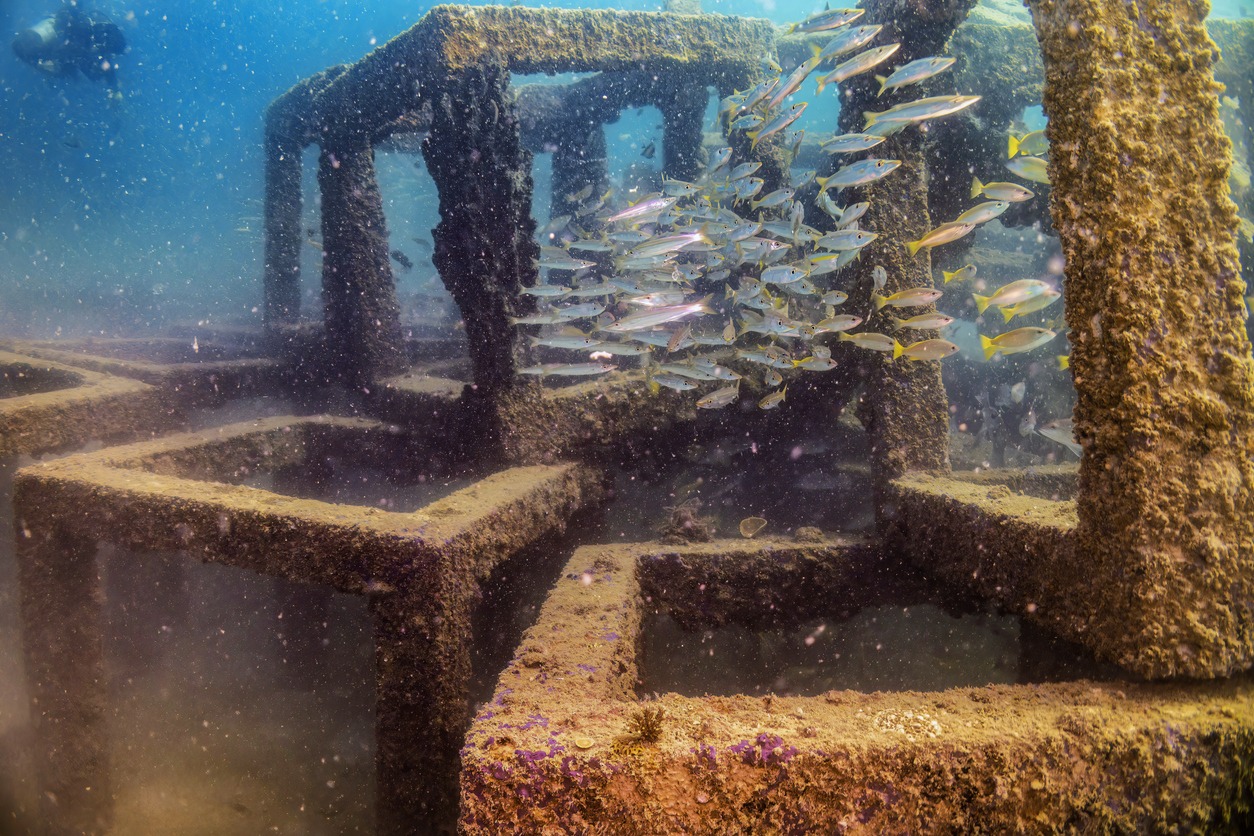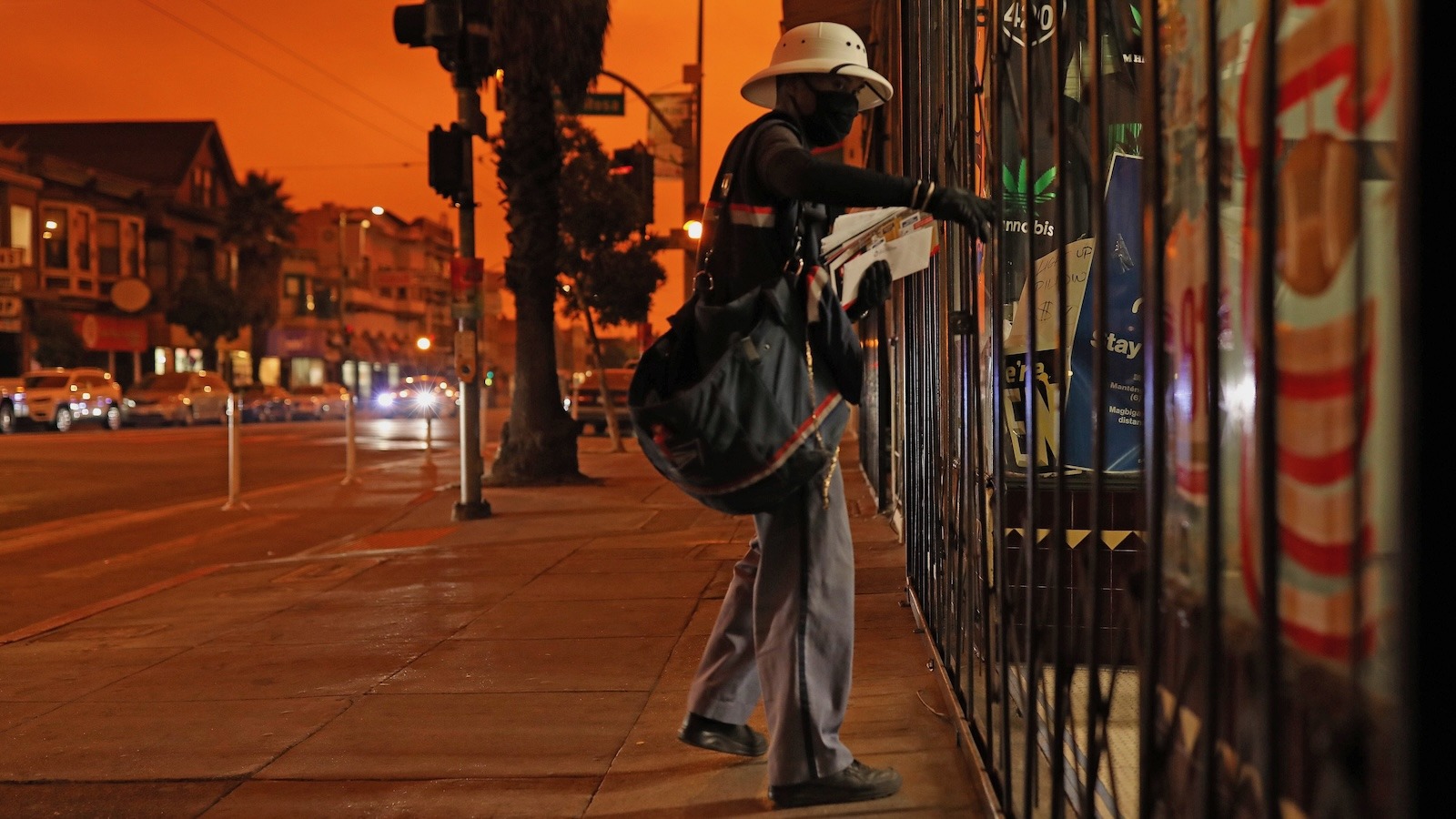Concrete is everywhere — sidewalks, driveways, bridges and buildings. When structures are demolished or broken apart, leftover concrete often ends up in landfills. Upcycling keeps concrete out of waste streams and turns it into a resource for new and practical purposes.
By reclaiming and reusing concrete, emissions are reduced, natural resources are conserved, and an old material is given new life in ways that benefit communities and the environment. The following are some of the most innovative ways concrete is being upcycled and put to good use.
1. Advanced Crushing and Processing Systems For Complete Material Recovery
Companies, like Holcim, use crushing systems to process construction and demolition materials, separating cement paste, aggregates and fine particles. These components re-enter the production cycle for new concrete or non-structural uses. Cement production accounts for about 8% of global carbon dioxide emissions, so recovering materials reduces waste and emissions.
2. Reused Concrete in High-Profile Architecture Projects
Architects worldwide are showcasing upcycled concrete in striking buildings. Projects, such as Upcycle Studios in Copenhagen and the extension of Kunsthaus Zurich, integrate demolished concrete into facades and interior walls. Reusing concrete this way lowers embodied carbon in construction, while demonstrating how recycled materials can meet aesthetic and structural standards.
3. Gabion Walls and Retaining Structures From Concrete Rubble
Old concrete chunks fill wire cages, known as gabions, to create strong retaining walls or erosion control structures. The rubble’s irregular shape allows drainage and stability, reducing the need for newly quarried rock. In post-disaster recovery efforts, gabion walls made from rubble have been a fast, cost-effective method of stabilizing terrain and protecting rebuilt homes.
4. Low-Carbon Binder Mixes and Cement Paste Recovery
Engineers are experimenting with alternative binders, including geopolymers and industrial by-products like fly ash or slag, to replace part of traditional cement. Some technologies recover cement paste from demolished concrete for reuse in new mixes. These methods lower the carbon footprint of construction and help reduce dependence on virgin cement, which is energy-intensive to produce.
5. Landscaping Features With Urbanite for Pathways, Edging and Patios
Large fragments of broken concrete, called urbanite, make attractive stepping stones, garden borders and patios. Repurposing these slabs keeps them out of landfills and avoids the environmental cost of quarrying and transporting new stone. Homeowners can create unique patterns and textures, while supporting a lower-carbon landscape project.
6. Decorative Facades, Tiles, Sculptures and Furniture Made With Recycled Concrete
Designers and artists use crushed concrete or recycled aggregates for tiles, facades, sculptures and furniture. Reclaimed pieces become benches, tables and countertops, turning waste into functional art, while reducing embodied carbon. Though green concrete mixes can cost 5-20% more upfront, their durability and low maintenance often deliver long-term savings and sustainability benefits.
7. Permeable Pavements and Stormwater Management Features
Recycled concrete rubble, crushed to specific sizes, creates permeable paving systems. These surfaces allow rainwater to infiltrate the ground, reducing runoff and preventing local flooding. By reusing rubble for permeable pavements, cities improve stormwater management, while minimizing the environmental costs of disposing of demolished concrete.
8. Adaptive Reuse After Disasters and Deconstruction Contexts
Concrete rubble salvaged after natural disasters or careful deconstruction can be repurposed for foundations, backfill or retaining walls. Instead of sending debris to landfills, this material speeds recovery efforts and reduces the energy and emissions required to source new construction materials. Communities benefit from lower costs and quicker rebuilding timelines.
9. Using Recycled Concrete as Base or Sub-Base Material in Construction
Crushed concrete makes a durable base for roads, sidewalks and driveways. Its compaction and drainage qualities make upcycled concrete a strong substitute for fresh gravel, saving resources and transport emissions.
1o. Using Overlay Techniques for Surface Transformation
With overlay techniques, like stamped concrete overlays, aging or plain concrete surfaces can be transformed into something new and neat without complete demolition or wasting of existing materials. Overlays are a cost-effective approach to strengthening and expanding the longevity of patios, walkways, driveways and pool decks, while keeping the original concrete in place. Property owners enjoy the aesthetic benefits of fresh-looking concrete patterns and textures without the environmental impact, expense or disruption of full replacement.
11. Replacing a Portion of Aggregates With Recycled Material to Cut Emissions
Replacing even half of the virgin aggregates in a mix with recycled aggregates can substantially reduce greenhouse gas emissions. This simple substitution makes a measurable difference in the carbon footprint of construction projects and demonstrates how small choices in material sourcing can deliver significant environmental gains.
12. Sound Barriers and Energy-Efficient Structures
Sound barriers made from recycled concrete reduce noise pollution, while saving resources. Similar to vegetated barriers that trap dust and pollutants, these upcycled walls can improve local air quality. In buildings, concrete’s thermal mass moderates temperatures, reducing energy use. Such innovations are part of a bio-based materials market expected to grow by up to $300 billion in the next 10 to 20 years, showing their environmental and economic value.
13. Cement Recycling to Lower Mineral Emissions
Recycling cement paste, or using alternative sources, can cut emissions by nearly half per ton without sacrificing durability. Innovations in processing allow old cement to be reactivated for new concrete, saving raw materials and energy. As these techniques mature, recycled cement could become a mainstream option for environmentally conscious construction.
14. Bio-Waste Integration Using Coffee Grounds, Biochar and Other Organic Substitutes
Researchers in Australia turned used coffee grounds into biochar, which substituted up to 15% of sand in concrete mixes, improving strength and reducing cement needs by up to 10%. This approach turns everyday food waste into a valuable construction material, while lowering the environmental impact of concrete production.
15. Artificial Reefs and Habitat Restoration
Marine conservation projects sometimes use clean concrete rubble to create artificial reefs. These reefs provide habitats for fish and aquatic plants, supporting biodiversity. Using rubble in this way diverts waste from landfills, while strengthening coastal ecosystems. Over time, these structures also help protect shorelines from erosion by absorbing wave energy.
A Future Built From Yesterday’s Concrete
Upcycled concrete demonstrates how yesterday’s waste can become tomorrow’s foundation. Each pathway, gabion wall or recycled cement mix diverts valuable material from landfills and reduces carbon emissions.
When communities and builders choose reclaimed or upcycled concrete for landscaping, renovations or large-scale projects, they contribute to a global movement toward sustainability. Innovative binders and creative design approaches reveal the untapped potential of a material once considered disposable. A cracked sidewalk or aging driveway now represents possibility — a vision of a future shaped by reimagined concrete serving the planet in smarter, cleaner ways.
Source link
Rose Morrison biofriendlyplanet.com




